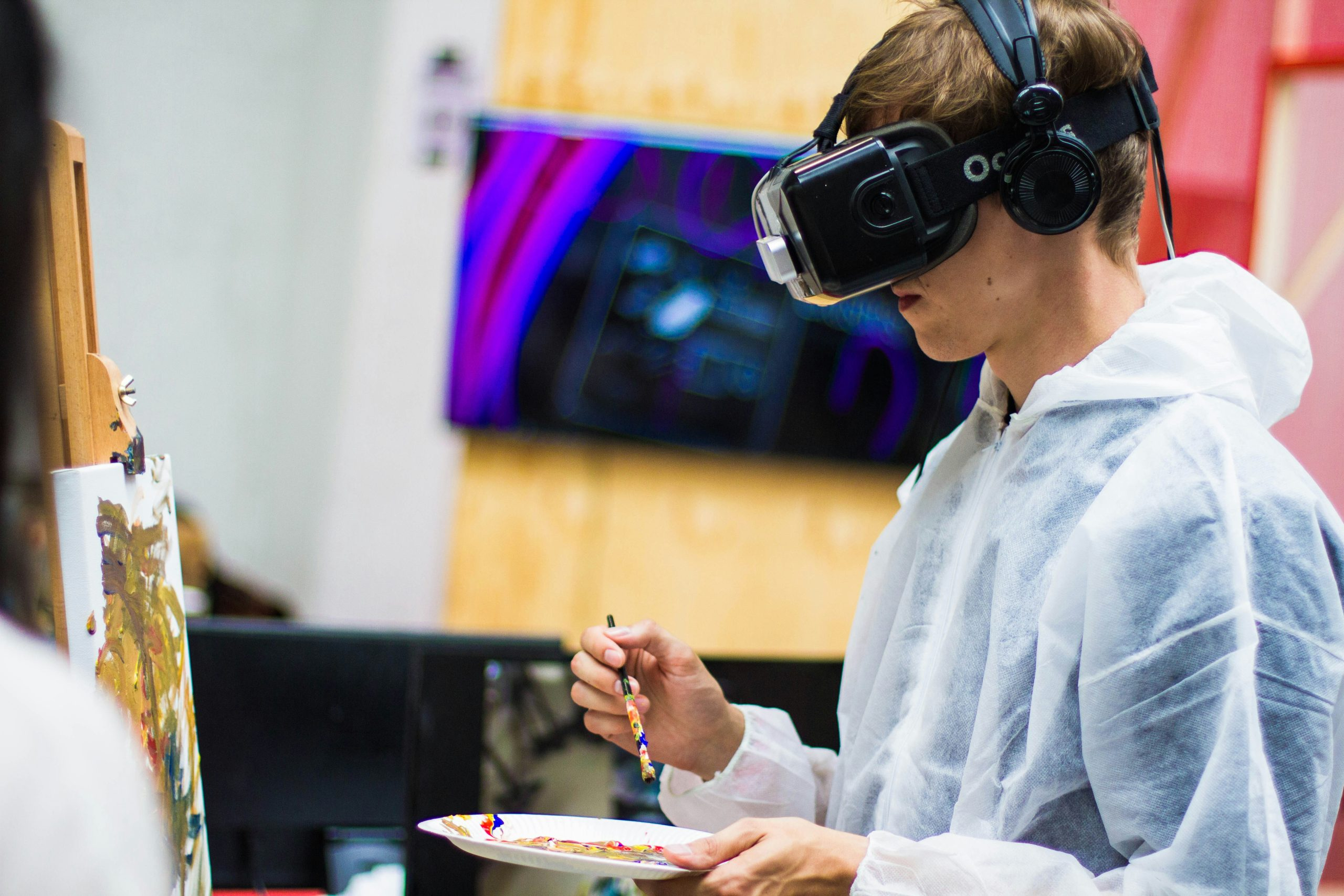How Haptic Feedback is Revolutionizing Virtual Reality
When virtual reality (VR) first became mainstream, many people were captivated by the stunning visuals and immersive experiences it offered. But as technology has continued to advance, VR has evolved into an even more realistic and interactive form of media with the help of haptic feedback. This innovative technology allows users to not only see and hear their virtual environment, but also feel it through touch. Thanks to haptic feedback, VR is revolutionizing the way we experience the digital world and bringing us one step closer to true immersion.
The Basics of Haptic Feedback
In its simplest form, haptic feedback is the use of vibrations, forces, and pressure to simulate touch sensations. In VR, this is typically achieved through specialized controllers or gloves that are equipped with sensors and motors. These devices are able to detect the user’s movements and actions in the virtual world and provide realistic physical feedback through vibrations or resistance.
But haptic feedback is much more than just a mere sensation. Our sense of touch is intricately connected to our emotions and can greatly enhance our overall experience. By incorporating haptic feedback, VR developers are able to create a more realistic and immersive environment that can evoke powerful emotional responses from users.
The Impact on Gaming and Entertainment
The gaming and entertainment industries have been quick to embrace VR and haptic feedback. With the ability to feel the impact of a punch, the recoil of a gun, or the rumble of a car engine, players are able to fully immerse themselves in the virtual world. This not only makes the experience more exciting, but also adds an extra layer of challenge and strategy as players must physically react to their surroundings.
But it’s not just limited to gaming. Haptic feedback is also being used in movies and TV shows to enhance the viewing experience. By synchronizing vibrations and sensations with on-screen actions, viewers can feel like they are a part of the action, whether it’s explosions, earthquakes, or even a character’s heartbeat.
Advancements in Training and Education
In addition to entertainment, haptic feedback is also making a big impact in the training and education sectors. With VR technology, users can be immersed in realistic simulations that allow them to practice and perfect their skills without any real-world consequences. By incorporating haptic feedback, these training simulations become even more realistic and effective. For example, surgeons can use haptic feedback gloves to practice delicate procedures, and pilots can train in realistic flight simulations.
Educators are also utilizing haptic feedback to create immersive and interactive learning experiences. By allowing students to physically touch and interact with virtual objects, they can gain a deeper understanding of complex concepts and theories.
The Future of Haptic Feedback and VR
As technology continues to advance, the potential for haptic feedback in VR is endless. Researchers are constantly exploring new ways to enhance haptic feedback and make it even more realistic. One exciting development is the use of ultrasound technology to create tactile sensations without the need for physical contact. This could open up a whole new world of possibilities for VR experiences.
Additionally, the widespread adoption of haptic feedback in consumer VR devices is only a matter of time. As the technology becomes more affordable and accessible, we will see a surge in the popularity and use of VR for both entertainment and practical purposes.
Conclusion
Haptic feedback is truly revolutionizing virtual reality and pushing the boundaries of what is possible. With its ability to engage our sense of touch and evoke emotional responses, it is transforming the digital world into a more immersive and realistic experience. As technology and innovation continue to progress, we can only imagine the amazing advancements that will come in the future.










